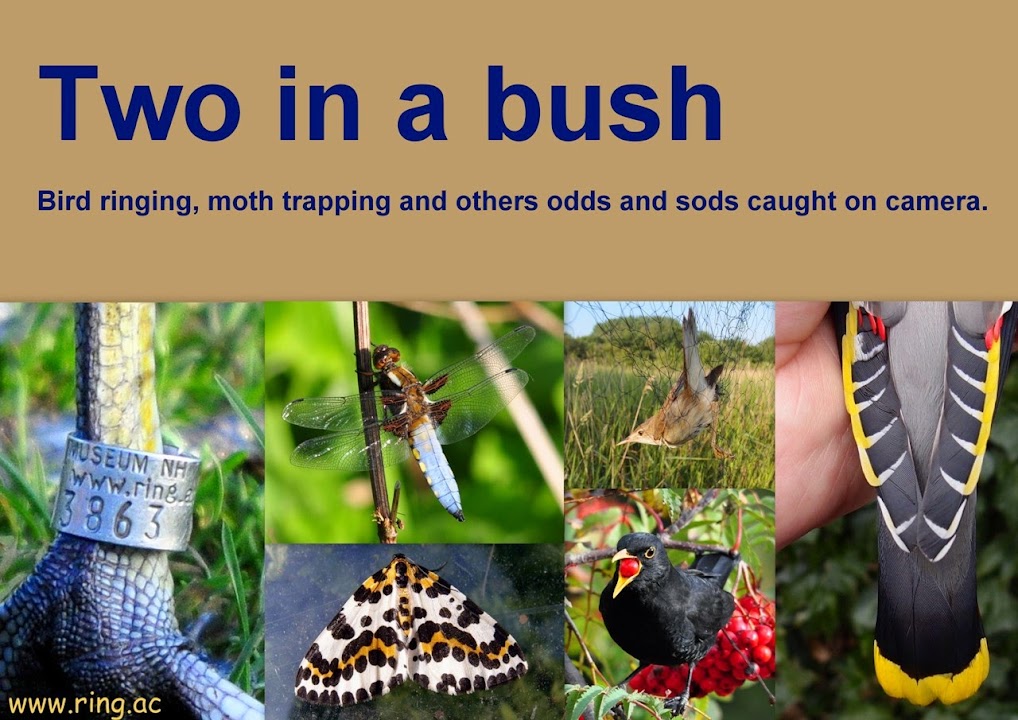I returned early this morning and set up a couple of nets just as it was coming light. I wasn't sure how many birds would turn up but I didn't have to wait long before the first small flocks of Redwings and Fieldfares arrived through the gloom. It turned out to be a very productive session considering I was only using a 12m and 18m net with the majority of birds being caught in the first couple of hours.
 |
| The Redwings frequently gathered in a large willow before dropping down to the hawthorns to feed. |
 |
| Take off |
 |
| The 21 Redwings ringed today brought the total for this autumn/winter to 741. |
 |
| One of the three Fieldfare caught this morning. |
 |
| It also had a good sized bill. |
 |
| Willow Tit 06/12/14 |
 |
| The Willow Tit had a pale spot along the cutting edge of the upper mandible below the nostril and this can be seen in both photographs. This is usually a feature of Marsh Tits but a small proportion of Willow Tits (around 4%) can also display a similar pale spot. Interestingly the only other Willow Tit caught at this site also had an almost identical pale spot. Perhaps they are related in some way and they could even be siblings if such features are inherited; pure speculation of course but it seems to be a bit too much of a coincidence given so few Willow Tits display this feature. Richard Broughton's paper on separating Willow and Marsh Tits can be found here. |
Ringing totals for 06/12/14 were: Redwing 21; Fieldfare 3; Blackbird 4; Robin 1; Blue Tit 1; Willow Tit 1; Greenfinch 6 (+2 controls); Tree Sparrow 1; Yellowhammer 1. Total 38 new birds and 2 controls.
 |
| Tree Sparrow |


No comments:
Post a Comment